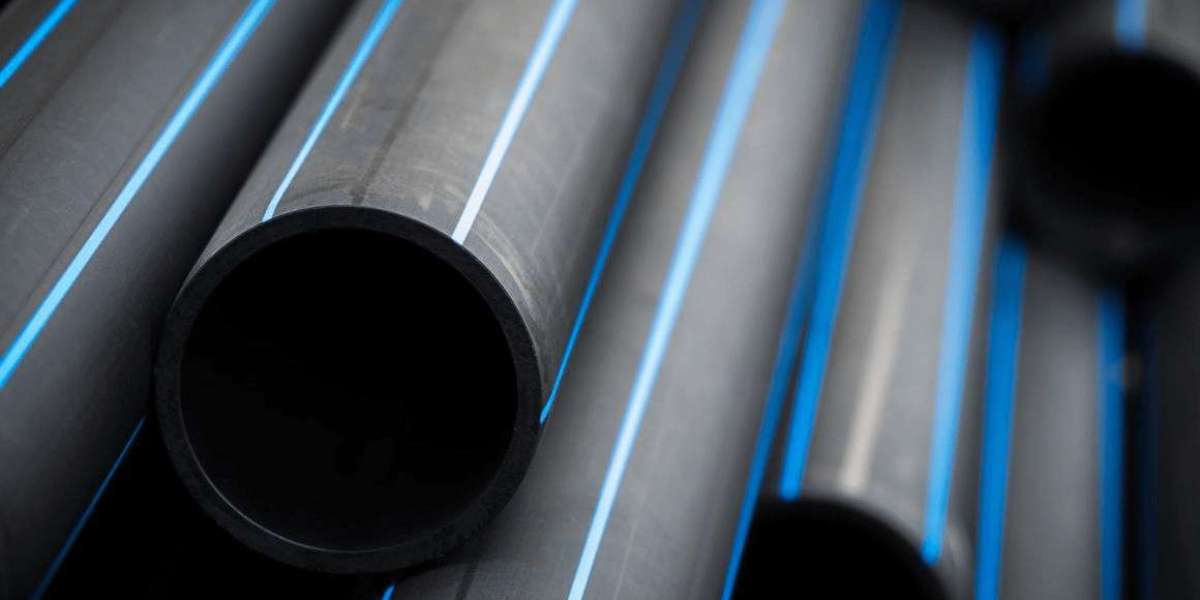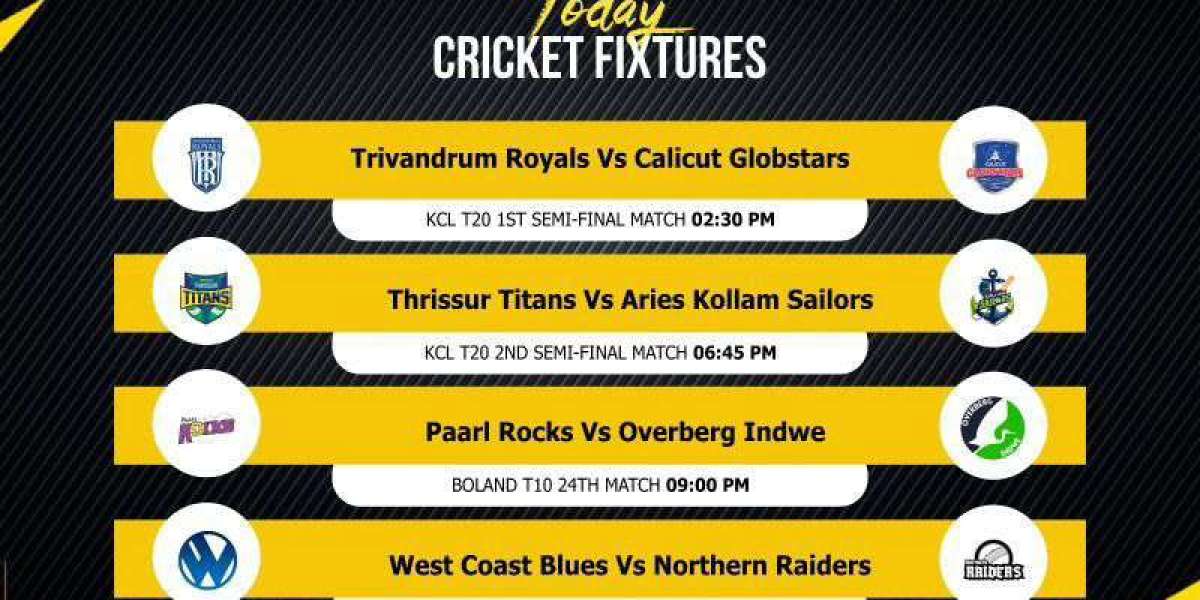Introduction
In today’s world of modern plumbing, choosing the right type of pipe for specific uses is essential for durability, functionality, and cost-efficiency. The variety of plumbing pipes available today offers many solutions suited to different water needs, budgets, and environmental considerations. Whether you’re a homeowner, a contractor, or simply curious about plumbing materials, understanding the key features and ideal applications of each type can be invaluable.
1. PVC (Polyvinyl Chloride) Pipes
Overview
PVC pipes are one of the most widely used plastic piping materials in residential and commercial plumbing. Their durability, affordability, and easy installation make them a popular choice among consumers and contractors alike. If you are looking for reliable top PVC pipe manufacturers in Pakistan, there are a range of quality suppliers who produce highly durable PVC pipes suited for diverse plumbing needs.
Uses
- Cold Water Supply: PVC pipes are often used for supplying cold water in residential settings, such as in sinks, toilets, and other fixtures.
- Wastewater Systems: Commonly utilized for wastewater or sewage disposal systems, they are resistant to corrosion from chemicals and can withstand significant pressure.
Pros and Cons
- Advantages: Lightweight, corrosion-resistant, and affordable.
- Disadvantages: Cannot handle hot water, as it can warp under high temperatures.
2. CPVC (Chlorinated Polyvinyl Chloride) Pipes
Overview
A close relative to PVC, CPVC pipes have been chlorinated to enhance their heat resistance. This makes them ideal for certain hot water applications.
Uses
- Hot and Cold Water Supply: CPVC can withstand temperatures up to 200°F, making it suitable for hot water lines.
- Industrial Applications: CPVC pipes are also used in industries requiring high-temperature water lines due to their enhanced strength.
Pros and Cons
- Advantages: Resistant to both high temperatures and corrosion, easy to install.
- Disadvantages: More expensive than PVC, can become brittle over time.
3. PEX (Cross-linked Polyethylene) Pipes
Overview
PEX piping is a flexible plastic material that has become a popular choice in recent years, particularly for residential plumbing systems.
Uses
- Residential Water Supply Lines: Its flexibility allows it to weave through walls, floors, and ceilings, making it ideal for complex home plumbing setups.
- Radiant Heating Systems: PEX is commonly used in underfloor heating systems because it can handle hot water and is resistant to leaks.
Pros and Cons
- Advantages: Flexible, easy to install, highly resistant to leaks and freezing.
- Disadvantages: Not suitable for outdoor use due to UV sensitivity, can be more expensive than some alternatives.
4. Copper Pipes
Overview
Copper has been a reliable material for plumbing pipes for many years due to its longevity and resilience.
Uses
- Hot and Cold Water Lines: Copper pipes are suitable for both hot and cold water supply, capable of withstanding extreme temperatures and high pressure.
- Refrigerant Lines in HVAC Systems: Due to its resistance to corrosion and ability to conduct heat, copper is also used in HVAC systems.
Pros and Cons
- Advantages: Durable, corrosion-resistant, suitable for both hot and cold water.
- Disadvantages: Expensive, prone to theft, requires skilled installation due to soldering.
5. Galvanized Steel Pipes
Overview
Galvanized steel pipes were commonly used in homes built before the 1960s. They have a layer of zinc coating to prevent corrosion.
Uses
- Water Supply in Older Homes: While it’s rarely used in new construction, galvanized steel can still be found in older homes for water supply lines.
- Outdoor Use and Sewage Systems: Due to their durability, these pipes are often used outdoors for sewage or drainage applications.
Pros and Cons
- Advantages: Durable, corrosion-resistant for a time, robust for outdoor use.
- Disadvantages: Prone to rust and corrosion over time, which can impact water quality, heavy, difficult to install.
6. Cast Iron Pipes
Overview
Cast iron was once a standard choice for drainage pipes and is known for its strength and durability.
Uses
- Sewage and Drainage Systems: Still used in some municipal sewer lines due to its strength and noise-dampening qualities.
- Multi-Family Homes: Ideal for soundproofing, making it suitable for multi-family residential buildings.
Pros and Cons
- Advantages: Extremely durable, excellent for noise reduction.
- Disadvantages: Heavy, expensive, and can corrode over time.
7. HDPE (High-Density Polyethylene) Pipes
Overview
HDPE pipes are known for their durability and flexibility, often used in municipal and industrial applications.
Uses
- Water Distribution: HDPE pipes and Fittings are ideal for potable water systems, especially in areas requiring long, continuous pipelines.
- Underground Utilities: Commonly used in underground installations because they are resistant to soil movements and chemicals.
Pros and Cons
- Advantages: Flexible, corrosion-resistant, suitable for long-distance use.
- Disadvantages: More expensive than some plastics, requires specialized tools for welding.
8. ABS (Acrylonitrile Butadiene Styrene) Pipes
Overview
ABS pipes are similar to PVC but are known for their distinct black color and high impact resistance.
Uses
- Drain, Waste, and Vent Systems: Primarily used in residential drainage systems due to its durability and low cost.
- Outdoor Applications: More resistant to cold weather than PVC, making it suitable for certain outdoor installations.
Pros and Cons
- Advantages: High impact resistance, easy to install, cost-effective.
- Disadvantages: Can become brittle under sunlight, less flexible than PVC.
Selecting the Right Pipe: A Quick Guide
- Water Supply:
For water supply lines, consider materials that handle pressure well, like copper, PEX, or CPVC. Copper is ideal for durability, while PEX is an excellent choice for ease of installation. - Wastewater and Drainage Systems:
PVC, ABS, and cast iron pipes are commonly chosen for wastewater due to their resistance to corrosion and ease of installation. Cast iron also offers noise reduction, making it ideal for multi-level buildings. - Outdoor and Underground Applications:
HDPE pipes and fittings are a great choice for outdoor or underground pipes as they resist environmental stresses and chemical exposure. - Hot Water Systems:
Materials like CPVC and PEX can withstand higher temperatures, making them more suitable for hot water applications. Copper is another top choice due to its heat resistance and longevity.
Conclusion
Choosing the right type of plumbing pipe depends on the specific application, budget, and desired lifespan. Each type has its pros and cons, and understanding these will help you make an informed decision, whether it’s for a simple home repair or a more complex project. Properly selecting pipes not only ensures the longevity of the system but also provides cost savings and peace of mind.



